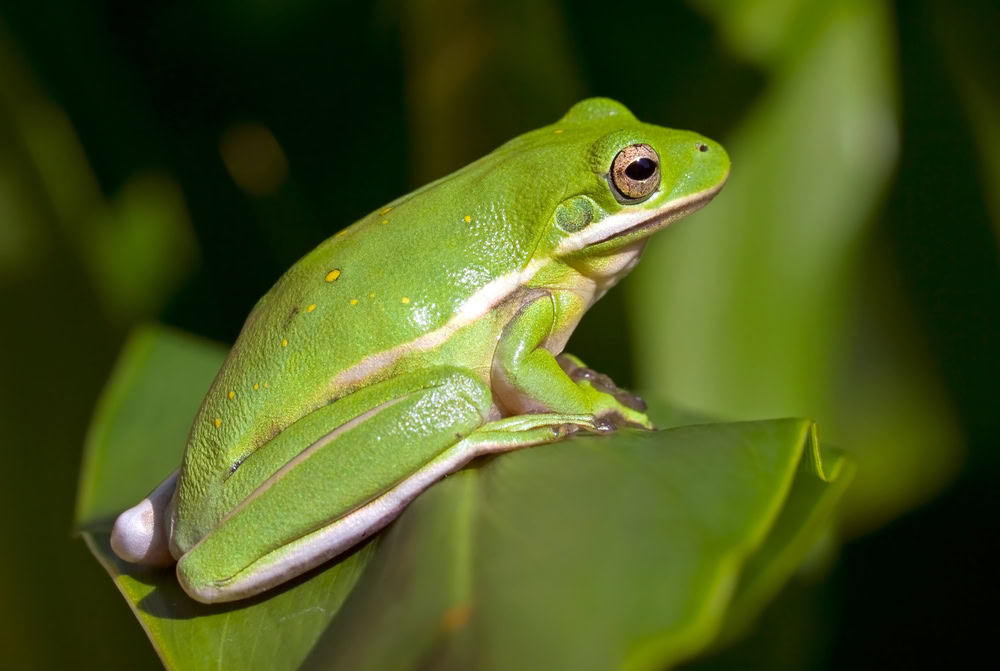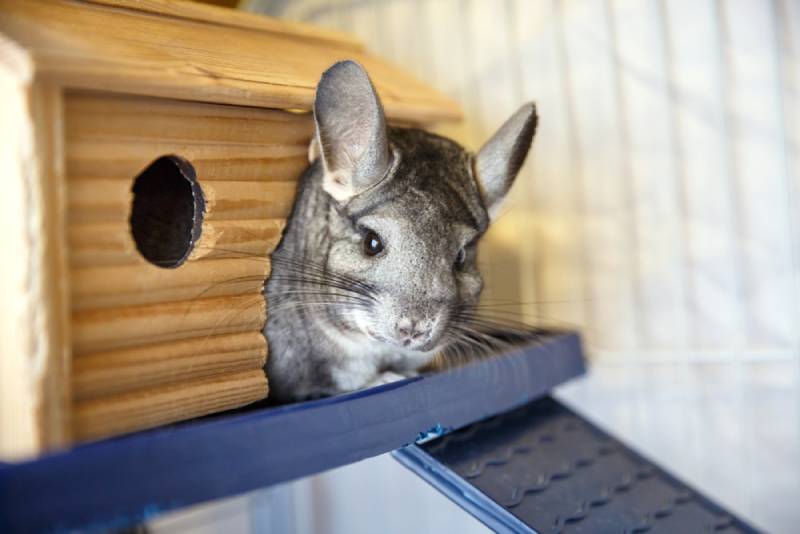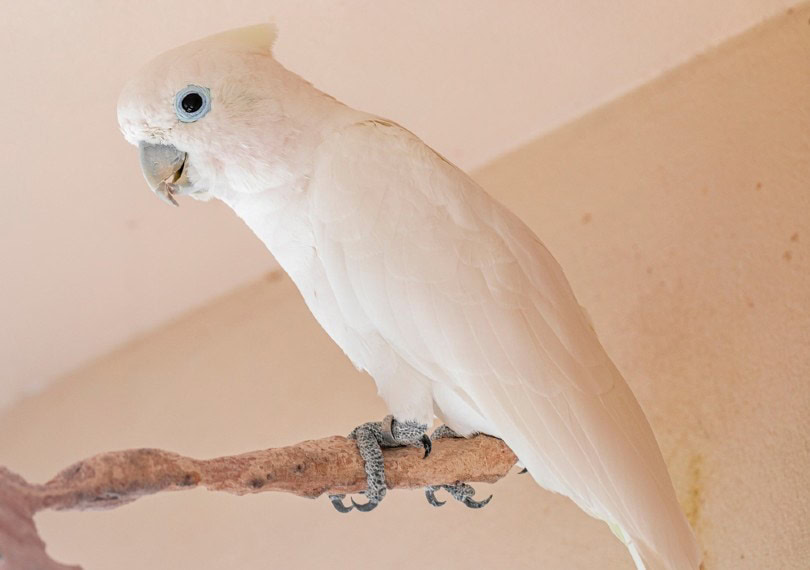VET APPROVED

The information is current and up-to-date in accordance with the latest veterinarian research.
Learn more »Click to Skip Ahead
Frogs are hopping amphibians belonging to the Anura order. There are thousands of species of frogs, each with different care requirements. Since it’s impossible to cover every species, this article will focus on the American Green Tree Frog (Hyla cinerea). That said, most species of frogs are carnivorous as adults. Insects are the standard diet of most species however, some may naturally feed on fish, reptiles, and even small mammals.
Normal feeder fish aren’t toxic to frogs, but they can lead to some problems. They aren’t considered part of an ideal diet for most frogs. Housing fish and frogs together carries some risk and we don’t recommend it.

Are Fish Safe for Frogs To Eat?
Fish aren’t routinely recommended for frogs for a few reasons however, there can be some species variation. For the American Green Tree Frog, we advise staying away from fish. Most fish, when fed live or raw, contain an enzyme called thiaminase, which destroys thiamine, also known as vitamin B1.
In time this leads to a deficiency in this essential vitamin. Minnows, commonly used as feeder fish, contain this enzyme. Since thiamine is used by the central nervous system, a deficiency can lead to neurological signs like tremors and seizures.
Frogs are also prone to nutritional diseases like metabolic bone disease resulting from a calcium/phosphorus imbalance and vitamin A deficiency. This is why it is so important to stick to a species-appropriate balanced diet. Insects in a frog’s diet can be gut-loaded and dusted with vitamins and minerals to improve their nutritional quality.
While you are probably thinking that one fish won’t hurt, this might not be the case if the fish carries any harmful diseases. Fish can carry Mycobacterium marinum which can infect frogs causing skin lesions, gut infection, or potentially widespread infection. Since this disease is zoonotic, meaning it can be spread to humans, you want to avoid it at all costs. Proper tank cleaning is also essential to prevent bacteria from building up in the slime layer.
Fish can also carry the fungus Batrachochytrium dendrobatidis, which causes a serious fungal infection called Chytridiomycosis in frogs. Since fish carry many risks, with few benefits, bearing little resemblance to the natural insectivorous diet of the American Green Tree Frog we don’t recommend them.
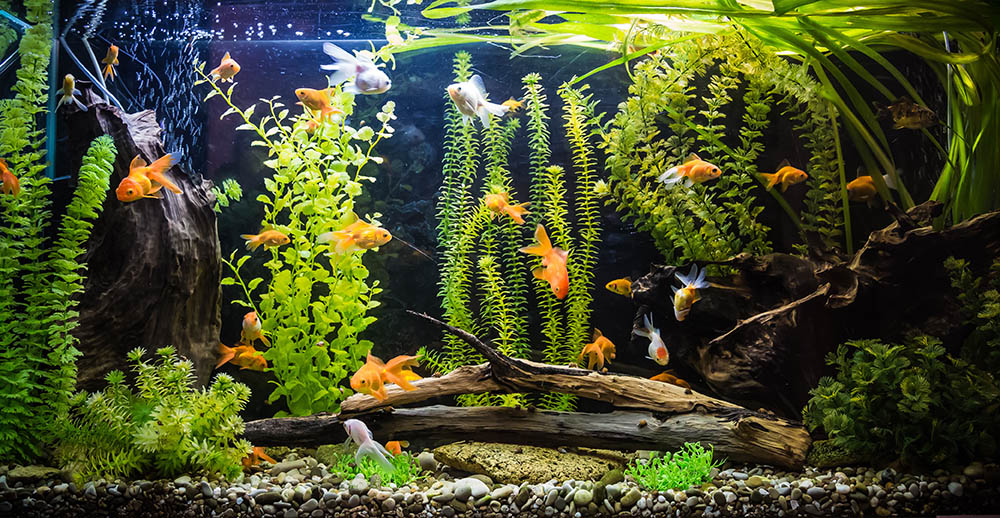

What Do Frogs Eat?
A frog’s diet will depend on factors such as the type of frog, their size, and their natural habitat. In captivity, frogs should eat a species-specific diet with suitable-sized prey.
American Green Tree Frogs are insectivores. They should be fed a variety of insects rather than the same ones all the time. Crickets, mealworms, roaches, earthworms, and other store-bought insects make good choices. We don’t recommend wild-caught insects as they may be exposed to parasites or pesticides.
The insects you feed should be gut-loaded with an insect supplement and dusted with vitamins and minerals designed for frogs.
You can also supplement this with species-specific pellets designed for insectivorous frogs. Never offer frogs any human food. They should stick to a diet that resembles their natural diet as closely as possible.
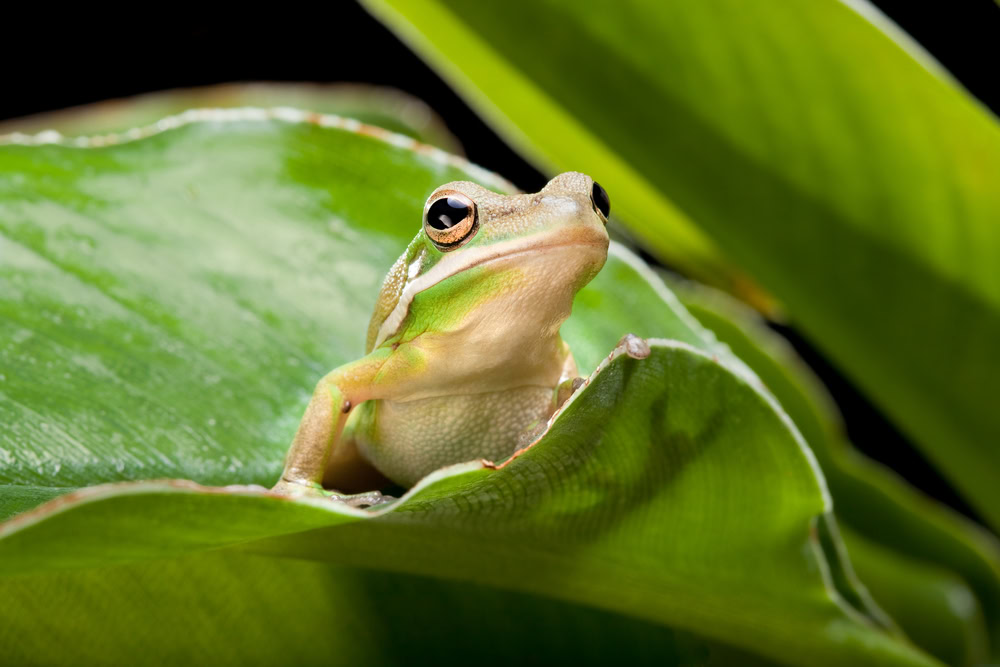

Conclusion
Fish aren’t the best addition to the diet of insectivorous frogs like the American Green Tree Frog. Most frogs will benefit most from gut-loaded, vitamin-coated insects.
When formulating a diet for your frog take their species and natural diet into account. You should also ask an experienced exotic veterinarian for specific advice tailored to your pet.
- “Frogs: The Largest Group Of Amphibians”
- “Frog Care 101: What You Need To Know Before You Get A Frog – PetMD”
- “What Do Frogs Eat? What To Feed To Frogs – PetMD”
- “Non-infectious Disorders of Amphibians – Merck Veterinary Manual”
- “Disorders and Diseases of Amphibians – Merck Veterinary Manual”
- Animal Diversity Web
- Mycobacterium marinum
- Batrachochytrium dendrobatidis
Featured Image Credit: LorraineHudgins, Shutterstock
